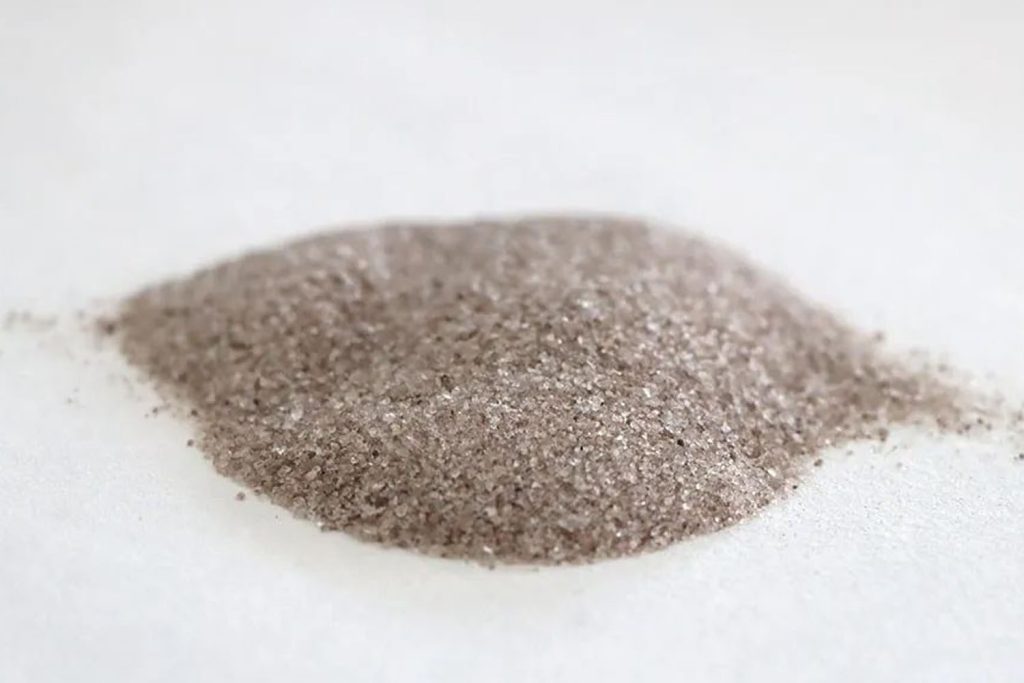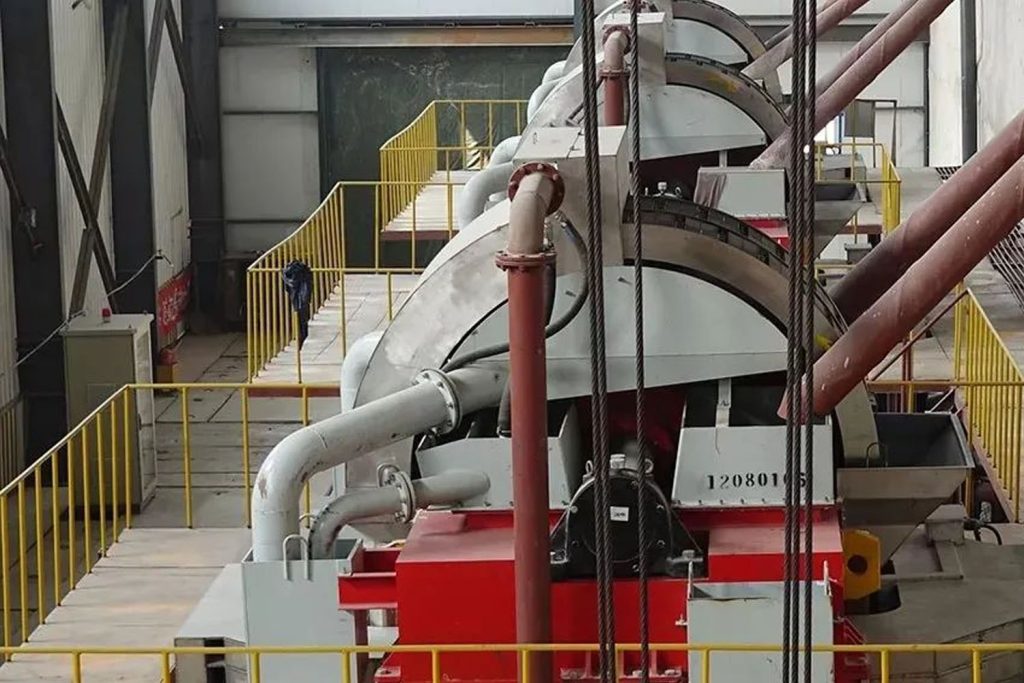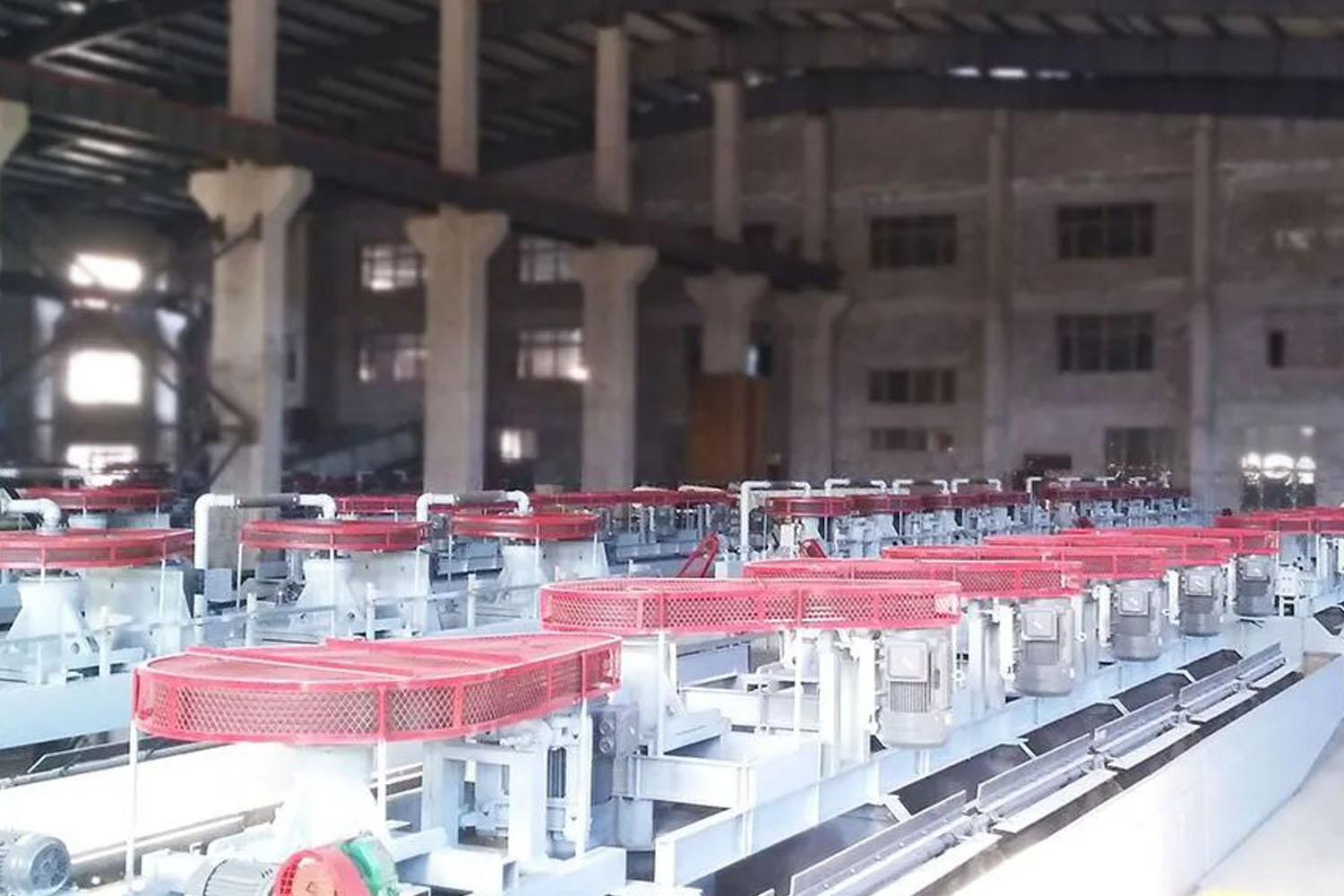In themineral processing of quartz ore, the separation of different mineral components and quartz is an important issue, which has a great influence on the purity of quartz concentrate. Common mineral components in quartz ore include mica minerals, feldspar minerals, iron-bearing minerals, and apatite minerals.
Separation method of four mineral components of quartz ore
Mica mineral separated from quartz
In quartz ore, mica with a layered structure is exposed to a large number of anions on the surface after mineral processing and dissociation, which can be collected by cationic collectors in a wide pH range. Although mica minerals and feldspar minerals are collected The properties are similar, but the flotation pH range of mica is wider, so mica minerals can be flotation first under strong acidic conditions.
Potassium, magnesium, aluminum and other elements in mica minerals can be decomposed and dissolved by using acid. The reagent system for flotation separation of mica minerals is relatively simple.
Using acid solutions such as dilute hydrochloric acid or hydrofluoric acid, under certain conditions, mica minerals can be decomposed into some soluble fluoride or hydrochloric acid solutions, while quartz minerals will not be affected. The influence of chemical reaction, so as to realize the separation of mica and quartz minerals.

Feldspar mineral separated from quartz
Quartz and feldspar are both framework silicate minerals, which are similar in nature and structure, and it is difficult to separate them. By using alkali metal ions to adjust the zero-electric point of feldspar, quartz can be effectively separated from feldspar.
Feldspar and quartz separation methods mainly include fluorine flotation and fluorine-free flotation. The fluorine flotation method refers to the preferential flotation of feldspar with cationic collectors under the condition of strong acidity and fluoride ion activation, and the key is to adjust the pH value of the pulp solution.
The fluorine-free flotation method is that under strong acid conditions, the anion collector dodecyl sulfonate and diamine cationic collector are mixed, and the anion collector is collected with the diamine adsorbed on the surface of feldspar. Agent complexation, the formation of co-adsorption, improve the surface hydrophobicity of feldspar.
Iron-bearing minerals are separated from quartz
There are many types of iron-containing minerals in quartz ore, including pyrite, ilmenite, hematite, and magnetite. It exists in various forms, some are attached to the surface of quartz in the form of iron oxide film, some exist in the form of mineral inclusions, and some exist in the interior of quartz lattice or other minerals in a diffuse state. In the process of separating iron-bearing minerals and quartz, it is the key to determine the appropriate sorting process to find out the occurrence form of iron impurities and the distribution form in each particle size.
The commonly used method for mineral processing and separation of iron minerals is strong magnetic separation, which can remove the iron minerals dissociated from the monomer after grinding. The scrubbing method can also remove the iron oxide film on the surface of the quartz particles. Pickling has a better effect on removing iron minerals. If the iron content requirement is relatively high, use pickling.
Strong magnetic separation is a method of separating different minerals by using magnetic differences. Iron-containing minerals such as pyrite and magnetite have strong magnetic properties. Iron-containing minerals can be separated by magnetic separators and other equipment.

Apatite mineral separated from quartz
Phosphorus in quartz ore generally exists in the form of apatite, which can be recovered by fatty acid soap anion collectors, such as sodium oleate, oxidized paraffin soap, tall oil, etc. Since fatty acid collectors have high environmental requirements on water quality and temperature, the hydrophobic surface can be enhanced by adding heavy oil, kerosene and other mineral oils to obtain a better collection effect. In addition, modified flotation agents can also be used, which has a good effect on the separation of phosphorus minerals.
summary
The above are the mineral separation methods for the four common mineral components of quartz. In actual production, mineral components are more complex, and the selection of flotation reagents and flotation sequence are the key factors affecting the separation effect. It is necessary to analyze through the mineral processing test, formulate the process plan in a scientific and reasonable way, and avoid the economic benefits of the mineral processing plant from being affected.
